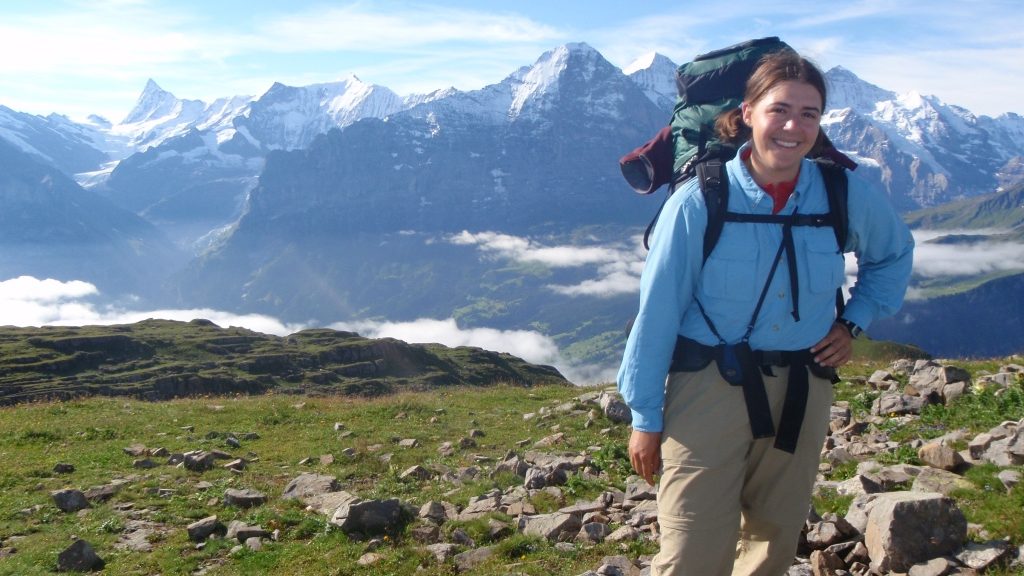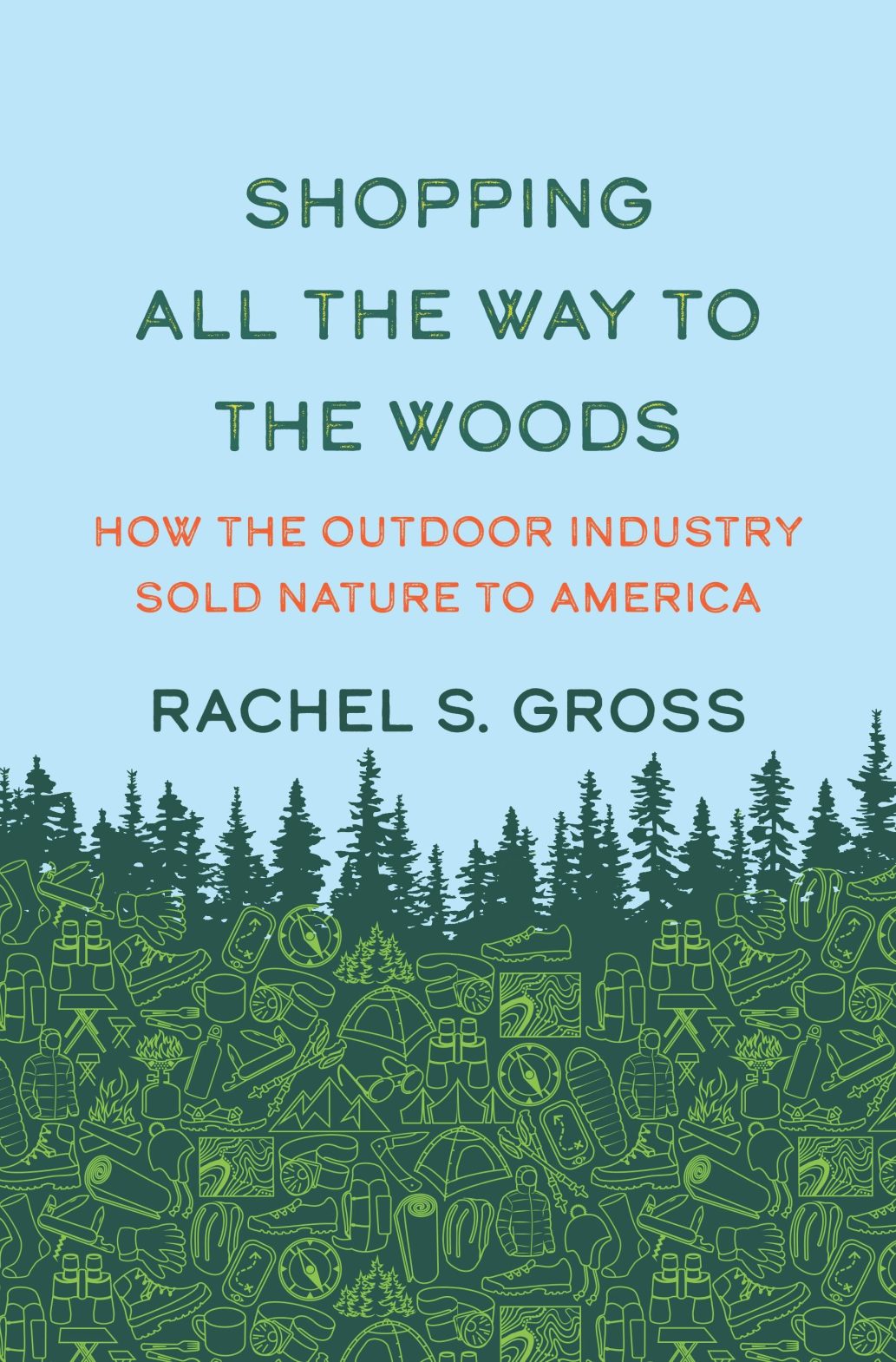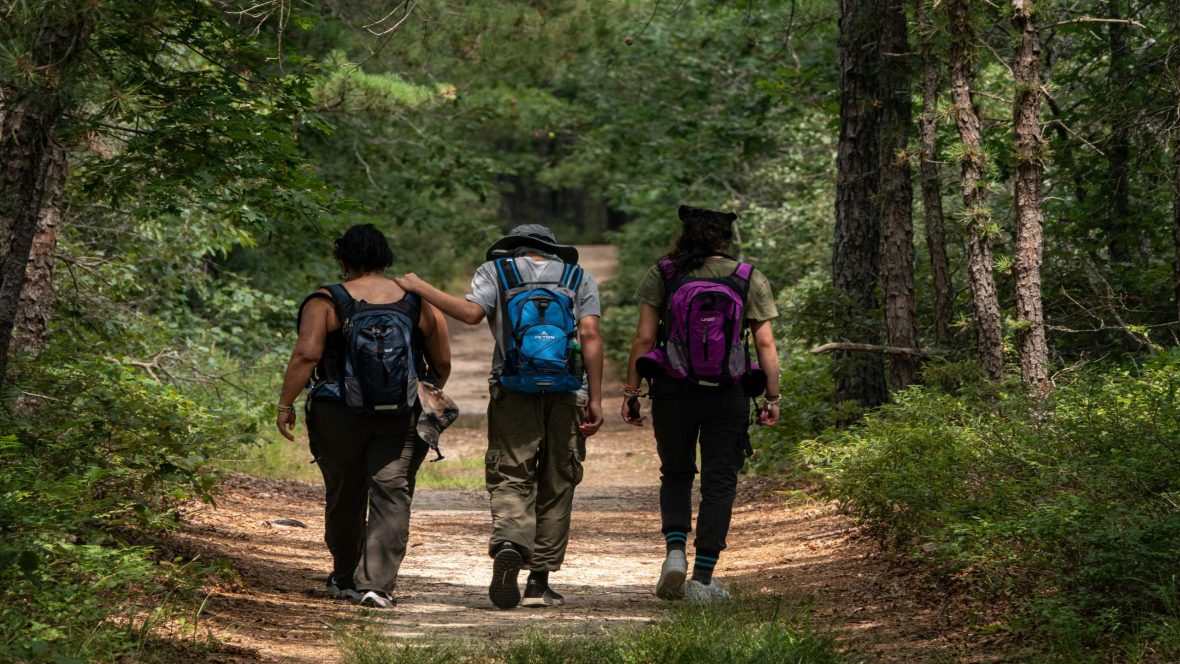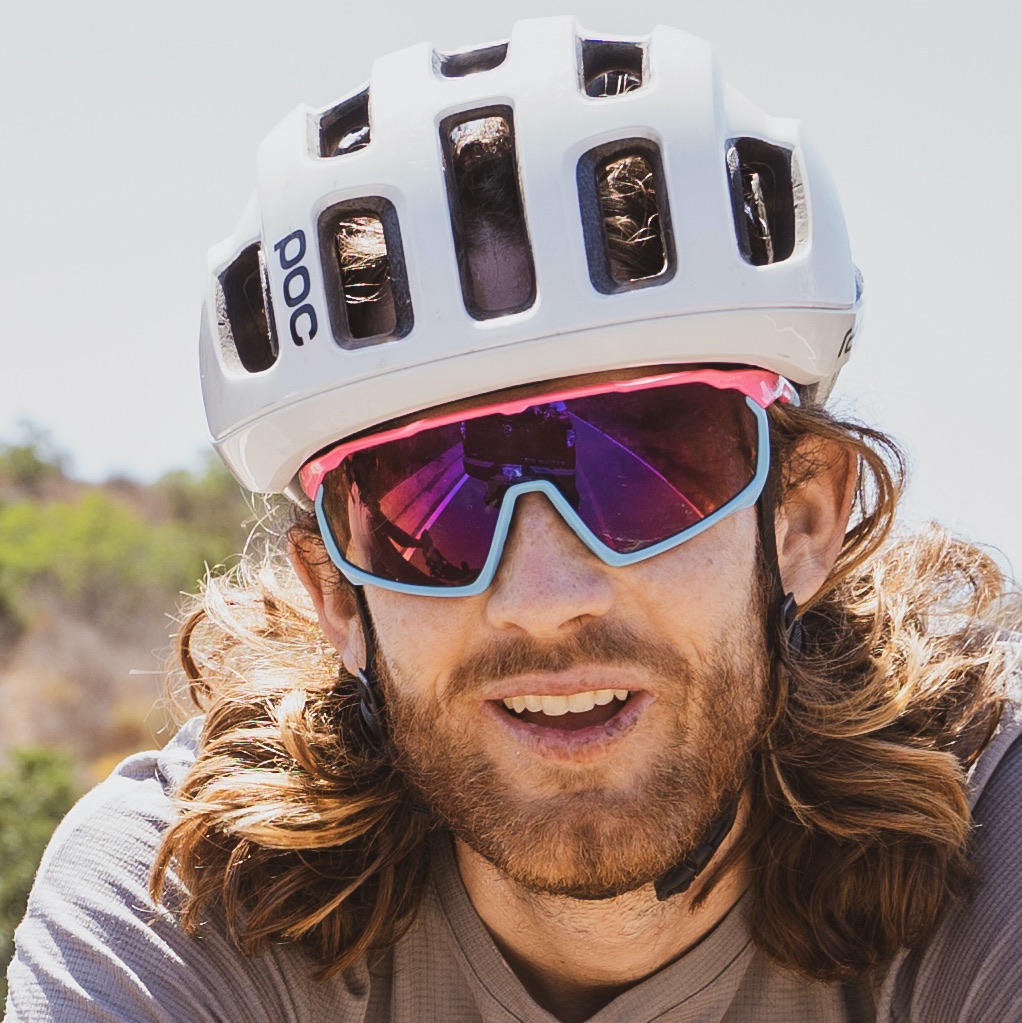
Outdoor enthusiasts may be some of the most environmentally-aware people, but they can also be addicted to gear—which is not so green. How did we get here?


Outdoor enthusiasts may be some of the most environmentally-aware people, but they can also be addicted to gear—which is not so green. How did we get here?
The outdoor industry has experienced an interesting conundrum as of late. In order to sell its wares, it has traditionally marketed its gear and apparel as suitable for extreme conditions, even though few of its customers regularly find themselves experiencing a torrential downpour in the wilderness for days on end.
To make a product that functions that well in such bad conditions, the industry has traditionally relied upon durable water repellent (DWR) coatings made with chemicals we now know are bad for both us and the environment. But because of these performance expectations brands have created, making the products more sustainable can make them appear less competitive than less responsible products.
It’s a tricky problem to solve. How do you retrain the consumer to want less than you’ve previously told them to demand? And how did we get here in the first place?
Enter historian Rachel Gross, an assistant professor at the University of Colorado Denver and author of Shopping All the Way to the Woods: How the Outdoor Industry Sold Nature to America. Gross’s new book explores the history of the gear industry in the United States, from Native-made buckskin apparel to modern-day puffy jackets. We caught up with her recently to ask about the evolution of gear over time, and what it says about our attachment to nature.

Adventure.com: Early on in the book, you share a story about a window display at an Oregon shop in 1929. They wanted to showcase the true capabilities of Hirsch-Weis waterproof coats, so they set one up on a frame with a depression in the middle, and filled it with water and live goldfish. They left them swimming like this, in the window, for days.
Rachel Gross: That’s an effective display, right? I would have stood there and watched it for hours. Like, I would remember, ‘Oh, this is the stuff you need if you want to keep dry.’ Of course, it doesn’t answer that other perennial problem of rain jackets, which is, what happens if it’s on your body and you get sweaty underneath?
But were enough people really hiking through bad weather back then, for the purpose of recreation, to need a waterproof jacket that performed that well?
The recreation stuff really only dates back to the post-Civil War era, but working outdoors has a much longer history, and that’s part of why we see such a strong overlap between workwear brands and outdoor recreation brands.
Certainly, some brands have made the transition from one to the other, but they have the same kind of resonance in today’s culture because they represent this functionality out of doors that people have needed in the past. I think about the loggers or miners who might have worn Filson in the late 19th century, or early 20th century, up in Seattle, as a way of outfitting themselves before heading to the gold mines in Alaska. Do they need that waterproof functionality? Yeah, for sure, just like if you’re gonna step into a pond, you need boots that go up to your knees.
The cooler this stuff gets, though, the more it’s about the look of it, about the aesthetic of the outdoors, as opposed to just being useful. When is it about necessity, and when is it not? In a lot of the conversations that I captured from consumers, they were very insistent that they were buying things for functionality, even though it was clear to me, from the historical perspective, that that wasn’t entirely true. They were partially embracing this notion, in the 1920s, that they were buying things because they were functional and they needed them, not because they were popular or stylish. And yet, people were wearing outdoor clothing on city streets at that point.
I think the most innovative thing I saw was the top winner for last year’s awards, WoolAid, the bandages made out of wool rather than plastic. That was so smart to me. I didn’t even realize that the Band-Aids brand that I was using is plastic.
How do you think we can strike a balance between enjoying nature, yet not consuming so much in our pursuit of that enjoyment that it destroys nature?
It’s a really challenging question and I don’t have the solution. But after 13 years of working on this project, I’m less attached to any one particular brand or buying stuff because I want to look the part. That might have to do with age, right? I just don’t have the patience to learn the language of clothing, and what it might signal to different groups of people. I’m less concerned about being an expert because I’ve recognized that I’m never going to reach the heights of the elite athletes in any of these areas.
I think one of the big takeaway messages for consumers who are also lovers of gear, as I am, is to think a little bit more carefully about where the messages that we’re getting about these products are coming from. Why do we think they say so much about us? That’s one step in the process of being a more critical consumer.
I don’t necessarily think that the solution will come from the industry. It’s hard to imagine such a broad cultural shift in terms of how businesses operate, or those answers coming from companies that are also incentivized to sell us another pair of boots.
As for my approach, I’m skeptical of nearly every suggestion that there’s a ‘better’ product to buy. Ultimately, the answer is don’t buy more stuff, right?

Every year, brands present consumers with seasonal ‘new’ stuff, but often it’s just the same thing in different colors or fabrics. What’s the most innovative thing you’ve seen recently?
I serve as a judge for the innovation awards for Outdoor Retailer, and I share that opinion—most of the stuff I see, I’m like, oh, this is cool, and I would buy it, but it doesn’t feel innovative. It doesn’t feel new because making the same skis but just with a different material isn’t going to upend our system of consumption.
I think the most innovative thing I saw was the top winner for last year’s awards, WoolAid, the bandages made out of wool rather than plastic. That was so smart to me. I didn’t even realize that the Band-Aids brand that I was using is plastic. Which, of course it is, but that was something that was so ingrained into my habits that I didn’t recognize what I was using. This is a company that has basically turned something on its head that I didn’t even realize we should be focusing on. It’s a very small product, right? And yet that was more exciting than any number of beautiful-looking shoes or boots or packs.
What major innovations have you come across in your historical research?
I write about a lot of cool new innovations that mattered to consumers at the time. Gore-Tex, which came out on the consumer market in 1976, is a really good example of that. The first generation of Gore-Tex actually didn’t work at all, and most people returned their jackets and said that they leaked horribly, which is pretty similar to L.L. Bean boots. When they came out in 1912, 90 percent of people also returned those because they didn’t work as promised. So it was less of an immediate shift, but the next iteration of the technology was an improvement.
Waterproof, breathable materials actually functioning as promised was something that consumers by the 1980s could ask for in a way that was just a dream in 1960 or in the years before. Gore-Tex was revolutionary in that sense, eventually, and yet I don’t think Gore-Tex is remarkable for the technology itself as much as it is a signal of a broader shift in consumer expectations about what their gear can do for them, and how they have come to rely on technology in lieu of expertise about the outdoors or paying attention to things like the weather and what storms are coming in.

Was there a time before the outdoor industry, when people were getting out into nature without the use of products specifically crafted for recreation?
I had assumed, when I started this project, that I was going to find that time period. In part because I, too, kind-of looked at my embrace of outdoor products as both necessary and exciting, but also reflective of the problems of modernity where we’re substituting consumption for true engagement with our authentic selves, and seeing that as a pathway to some deeper meaning.
And it turns out, I was wrong. There has not been a period of outdoor recreation that could be entirely separated from industry. In fact, from the very earliest days of Americans pursuing outdoor activities for recreational purposes, as opposed to out of necessity, for work, people were anxiously consuming products or reading about how to ‘do’ the outdoors the right way. They were worrying that they weren’t quite fitting the mold, that they weren’t going to look the part that they intended, and so that was one of the surprising things for me.
There are these important booms in popularity of outdoor activities, and industries have responded by creating more products, by serving new markets. The book tracks that, but I think the more important insight is that there was no authentic ‘before’ period before consumerism was a core part of the outdoor recreation experience.
This whole time, have we been getting outdoors ‘for our mental health’ because we have bought into this idea from companies trying to sell us things to get us there?
Yes and no. I would not say marketing is the only reason that I’m attracted to a day in the mountains. I tell my personal story in the beginning of the book and talk about my brother’s Boy Scout handbook and magazines, the books I read about young kids surviving out of doors, like Hatchet and My Side of the Mountain. Even the family calendars that we had with Ansel Adams’ photographs of beautiful mountains—all of those shaped my desire to be outdoors, and none of them were about acquiring goods.
But they all kind-of helped to teach me this romantic notion of wild nature as a place where I could be most myself. That’s pretty consistent with other analyses of natural places basically being a secular person’s version of a church. It’s a sacred, inspiring place deeply imbued with meaning because of what it looks like, but also because of how it makes us feel.
I don’t think that’s created by consumer culture. I don’t think we’ve all been duped by outdoor companies to love a thing that we wouldn’t necessarily love otherwise.
There is something very special about taking a breath of air in the woods or smelling the pine needles. I don’t think that consumer culture is responsible for that feeling entirely.
Maybe, though, for my desire to wear the right color socks.
***
Adventure.com strives to be a low-emissions publication, and we are working to reduce our carbon emissions where possible. Emissions generated by the movements of our staff and contributors are carbon offset through our parent company, Intrepid. You can visit our sustainability page and read our Contributor Impact Guidelines for more information. While we take our commitment to people and planet seriously, we acknowledge that we still have plenty of work to do, and we welcome all feedback and suggestions from our readers. You can contact us anytime at hello@adventure.com. Please allow up to one week for a response.

Kassondra Cloos is a travel journalist from Rhode Island living in London, and Adventure.com's news and gear writer. Her work focuses on slow travel, urban outdoor spaces and human-powered adventure. She has written about kayaking across Scotland, dog sledding in Sweden and road tripping around Mexico. Her latest work appears in The Guardian, Backpacker and Outside, and she is currently section-hiking the 2,795-mile England Coast Path.








Can't find what you're looking for? Try using these tags: